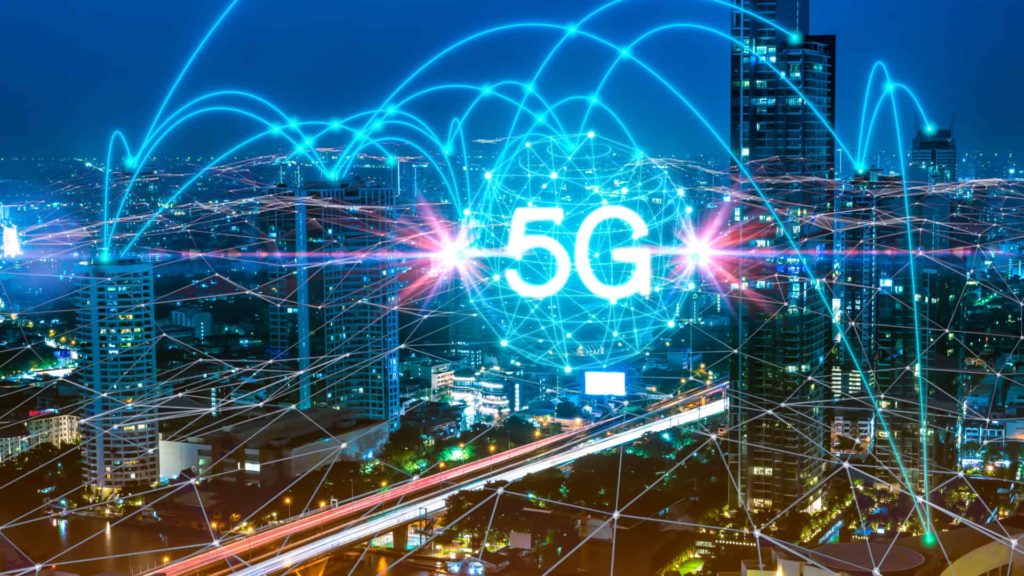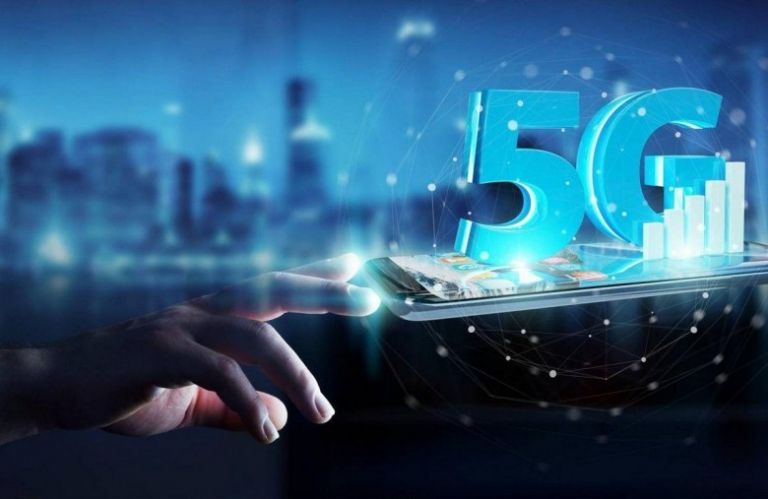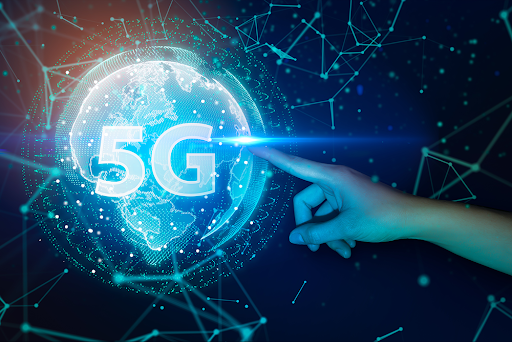5th generation wireless networks promise to revolutionize communications and human-to-machine interaction. However, the Telecom industry is already targeting towards 6G! If 5G aims to revolutionize data traffic, opening up vast possibilities for remote control in the broadest possible sense, with 6G, humanity could someday manage to literally live among intangible or mechanical robots.
Without resorting to pure science fiction, to what extent are we able to imagine, based on realistic estimates, the future of communication? Any discussion about 6G wireless networks or even beyond seems too early at the moment for anyone to imagine. After all, it is a given fact that 5G is still in its infancy.
Nevertheless, communication technology in the digital age never rests. The search for the next day of communications is already at a very advanced stage. However, a prerequisite for a first glimpse of the world of 6G is a more substantial acquaintance with 5G and its technological capabilities. These capabilities include the enhancement of the communication between people and between the users and the machines that compose the overall 5G technological ecosystem.
Internet of Things
5G networks aim to fundamentally change everything that was known until today. Many tech analysts claim that the disruption brought by 5G will lead the path towards the 4th Industrial Revolution. The 4th Industrial Revolution of digital technology targets at the heart of the production and distribution of goods. As some experts point out, 5G systems were mainly designed to serve heavy applications, not just everyday communication.
In that sense, 5G is valuable in managing large warehouses or in the constant and complex interconnection of all those involved in the movement of goods through transport companies. When 5G will be widely available and will have achieved sufficient worldwide coverage, the suffocation of courier services, such as the one that arose due to lockdowns during the pandemic, will become non-existent.
Smart Cities
One of the most significant disadvantages of communications is the lag time. Indicatively, 3G networks had a standard response time of 100 milliseconds, 4G was at 30 millimeters. With 5G, the lag falls to just, practically negligible, 1 millisecond. This is fundamental to the capabilities of 5G, especially in the area of intelligent society and smart cities, where almost every device, even home ones, will be constantly interconnected with the user.
By 2024, it is estimated that 5G service subscribers will have reached 2.3 billion worldwide. At the same time, large populations gather in cities, turning them into a metropolis hot-spot. If by 2050, 68% of people live in urban environments, as predicted by the UN, the demand for broadband services will skyrocket.
5G special cases
5G networks are the essential infrastructure for a series of applications that can change lives – or, literally – save them. The fact that an athlete with 99% vision loss completes a demanding descent at a competitive pace entirely alone, is an achievement that a few years back would be unthinkable. Thanks to a 5G mobile phone fitted to his helmet, which detected the road and transmitted images to his “navigator,” the athlete’s vision was replaced with instructions as accurate as needed to complete his journey safely.
In a hospital in Malaga Spain and in close collaboration with the largest national mobile service provider in the country, an innovative method of supporting surgeries is applied, based exclusively on 5G. With the new type of 5G network’s technical capabilities, the chief surgeon can be on the other side of the world and proceed with the operation as if he were next to the patient. In the health area, it is more than possible that in 2-3 years, the ambulances will be equipped with entirely remote-controlled devices. The patient who is in immediate and serious danger will immediately receive the right care from the specialist doctor. With 5G, the critical minutes lost in the delivery are simply eliminated, as the critical situation is dealt with without the slightest delay.
The path towards 6G
At this stage, the global community is in the process of its initial adaptation to 5G, still exploring the possibilities in communication, entertainment, education, public health, business, etc. To imagine a world where 5G would have reached its limits and something even more advanced is something that today seems unthinkable. Nevertheless, the scientific community research about B5G (Beyond 5G) and 6G itself has already begun and revolve around an inconceivably complex – but also exciting – version of virtual reality.
However, 6G will not happen overnight. 6G technology will evolve through 5G network maturity. The visualization of 6G is that it will initially be a more advanced version of the developed 5G ecosystem. The main pillars of 5G are based on providing enhanced Mobile Broadband (eMBB), massive Machine Type Communications (mMTC) and Ultra-Reliable Low-Latency Communications (URLLC).
This means that the expansion of 5G networks is targeting on high capacities, higher coverage, massive connectivity, together with high availability and low-latencies. 6G will further evolve the above corresponding technological steps to enter initially into a state of extreme data rates in the range of more than 100 Gbps to even 1 Tbps peak rate per user. This will happen by taking advantage of new spectrum bands beyond millimeter-wave and in the ultra-high frequency region of Terahertz technology. For this reason, the FCC has already opened up the 95GHz to 3THz spectrum for wireless communication products in the U.S.
6G networks will also support extreme low-latency of less than 1 ms, anytime, everywhere, and not just for specific services as in the 5G case. Furthermore, 6G technology aims to provide extreme coverage taking advantage of any kind of communication such as sea, sky, and satellite/space communications, expanding connectivity to 10 million devices per square kilometer and high precision positioning in the order of centimeters.
Of course, all the above will come with a guaranteed QoS offering extreme reliability in all aspects of the network. This will also mean providing extremely low-cost, low-energy devices free from battery charging. Finally, Artificial Intelligence will also play a vital role in the development of 6G. AI is expected to be applied to each activity on the 6G network, providing a more immediate process and response, as well as flexibility, adaptability, and automated connectivity to devices.
And this is only the beginning. The telecom industry aims to deploy the first 6G networks by 2030, right after 5G will reach its mature state. At the same time, 6G will not be just another network generation for plain communications but will also target to meet the goals of the SDG (Sustainable Development Goals) set by the United Nations by the year 2030. The UN has been working on 17 goals and 169 targets for sustainable development by 2030. This mission aims to tackle the world’s social problems such as global environmental problems, climate change issues, and the economic problems of humanity.
Moreover, 6G at its own maturity state, will aim to bring a wide use of sophisticated digital technology and virtual reality applications. This will also include the use of fully controlled humanoid robots performing a wide range of tasks. However, we still have a long way to go to achieve these last points, which could become a reality in the second half of the next decade to come. One thing is certain. if 5G was set to revolutionize the world of telecommunications, 6G aims to revolutionize society.





